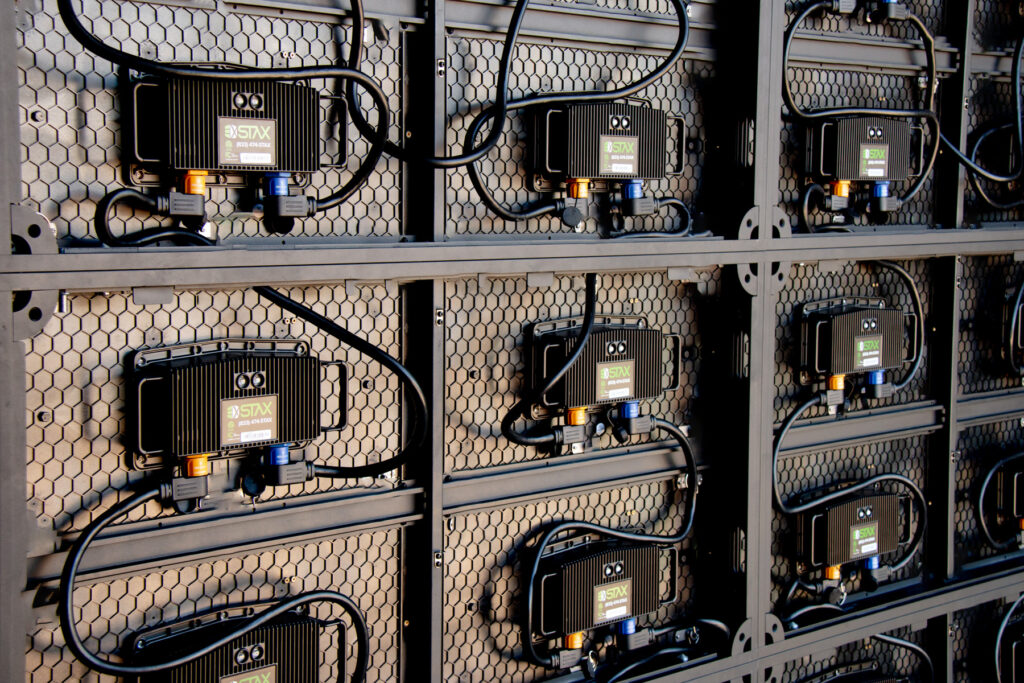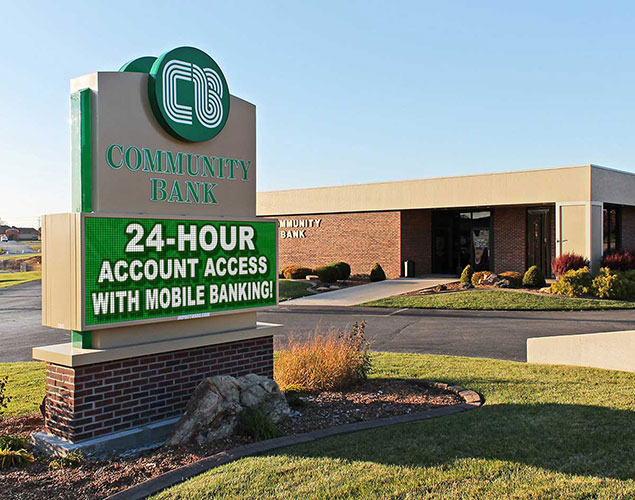As digital signs become essential to modern communication, businesses increasingly use LED digital signs for dynamic content, promotions, and public updates. With this growth comes heightened concern about data privacy and signage security. Protecting customer information, ensuring secure communication, and preventing cyber threats are now key parts of any digital signage strategy.
At Next LED Signs, we understand that technological advancement brings evolving risks. This guide explains why privacy and security matter in LED signage—and how to ensure safe communication with your audience.

The Importance of Data Privacy in Digital Signage
LED digital signs primarily serve advertising, public information, and engagement. However, they can also collect, store, and transmit sensitive data. The rise of interactive signage and cloud-based management systems makes privacy protection more critical than ever.
- Customer Interaction and Data Collection
Modern LED signs often include touchscreens, QR scanning, and social media integration. These tools gather valuable customer data, including email addresses, purchase preferences, and online interactions. While this improves engagement, it also demands responsible data handling to maintain privacy. - Compliance with Data Protection Regulations
Laws such as the GDPR in Europe and CCPA in California set strict rules for collecting, storing, and processing personal data. Compliance protects against fines and reputational harm, making adherence to these regulations essential.

Securing LED Digital Signs Against Cyber Threats
The digital nature of LED signage makes it vulnerable to hacking, unauthorized access, and data breaches. Because many displays rely on network and cloud connections, securing these systems is vital for protecting sensitive content and information.
- Network Security
LED digital signs that are connected to a local network or the internet may be vulnerable to cyberattacks, such as Distributed Denial of Service (DDoS) attacks or malware. To ensure secure communication, businesses should implement robust cybersecurity measures, such as firewalls, encrypted data transmission, and intrusion detection systems, to protect the network connections that power their digital signs. - Encryption and Secure Data Transmission
Encrypting the data transmitted between your LED digital signs and management systems is a critical step in protecting against unauthorized access. Using secure protocols such as HTTPS (Hypertext Transfer Protocol Secure) for communication between digital signs and cloud-based content management systems ensures that sensitive data is kept confidential and protected from potential hackers. - Regular Software Updates
Keeping your LED digital signage software up-to-date is essential for minimizing security vulnerabilities. Next LED Signs recommends regularly updating your digital signs and content management software to ensure any security patches or fixes are applied promptly. Outdated software can leave your digital signage vulnerable to cyberattacks and data breaches.

Protecting Customer Data with Secure Interfaces
As LED digital signs become more interactive, it’s important to ensure that customers’ personal information is kept private. Whether it’s a customer inputting payment details at a self-service kiosk or submitting feedback via a touchscreen interface, businesses must prioritize the security of customer data.
- Secure Payment Transactions
For businesses that use LED digital signs to facilitate in-store purchases, such as self-service kiosks or drive-thru ordering, it is essential to integrate secure payment gateways. Ensuring that all financial transactions are encrypted and comply with industry standards, such as PCI DSS (Payment Card Industry Data Security Standard), is crucial for protecting sensitive customer information. - Avoiding Data Breaches
Data breaches can have severe consequences for businesses, including legal liabilities, financial losses, and damage to brand reputation. To mitigate this risk, businesses must ensure that any LED digital signage system that collects or processes personal data is designed with privacy protection in mind. This can include features like data anonymization, where identifiable information is removed or obscured to prevent unauthorized access.

Cloud-Based Management Systems and Data Privacy
Many modern LED digital signs are managed remotely through cloud-based content management systems (CMS), which offer convenience and flexibility for businesses. However, storing data in the cloud requires careful consideration of data privacy and security measures.- Cloud Security and Access Control When using a cloud-based CMS for managing digital signage, it’s essential to implement access control mechanisms to limit who can access and modify content. Use strong passwords, multi-factor authentication, and user role-based permissions to ensure that only authorized personnel can manage or update content on your LED digital signs.
- Data Storage and Retention Policies Businesses must also establish clear data storage and retention policies for the data collected through LED digital signs. It’s important to define how long customer data will be stored, how it will be protected, and when it will be deleted. Complying with data retention regulations and following best practices for cloud data security helps prevent unnecessary exposure of personal information.
Best Practices for Secure LED Digital Signage
To ensure that LED digital signs are secure and compliant with data privacy regulations, businesses can follow a few best practices:- Use Strong Passwords and Encryption Ensure that all devices and software associated with your LED digital signs use strong passwords and encryption protocols. This applies to both the hardware and software components of your signage network.
- Limit User Access to Sensitive Data Restrict access to sensitive customer data by limiting the number of employees who have administrative access to your digital signage systems. Assign roles based on job responsibilities to ensure that only necessary personnel can access private information.
- Monitor and Audit Systems Regularly Regularly audit your LED digital signage systems for potential vulnerabilities and security breaches. This includes reviewing system logs, monitoring network traffic, and ensuring that all security measures are up to date.
- Educate Staff About Data Privacy Train your staff on the importance of data privacy and secure communication practices, particularly if they interact with or manage customer-facing LED digital signs. An informed team can help prevent data privacy violations and reduce the risk of security breaches.

Compliance with Data Privacy Laws
Complying with data privacy laws is essential to avoid costly fines and maintain customer trust. Laws like the General Data Protection Regulation (GDPR) in Europe and the California Consumer Privacy Act (CCPA) in the U.S. impose strict requirements on how businesses collect, store, and use personal data. Businesses using LED digital signs to collect customer data must ensure that they adhere to these regulations.
- Obtaining Consent
If your LED digital signs collect any form of personal data—whether through interactive forms, surveys, or promotions—ensure that you have obtained explicit consent from customers to use their information. Clear consent forms and transparent data usage policies are essential for staying compliant with privacy laws. - Providing Data Access and Deletion Rights
According to GDPR and other privacy laws, customers have the right to access their personal data and request its deletion. Ensure that your digital signage systems are designed to allow customers to easily request and receive their data, or opt-out of data collection entirely.
Secure Communication with LED Digital Signs
As the use of LED digital signs grows across industries, ensuring secure communication and protecting customer data is paramount. By implementing robust security measures, complying with data privacy laws, and following best practices for managing digital signage systems, businesses can protect sensitive information and maintain customer trust.
FAQs: LED Signs and Data Privacy
- How vulnerable are LED digital signs to hacking?
A 2024 cybersecurity report found 38% of networked signage systems face attempted intrusions annually. Firewalls and encryption significantly reduce this risk. - What is the most important security measure for LED signage?
Industry experts rank regular software updates as the top protection, preventing up to 70% of known exploits. - Do privacy laws apply to all LED sign users?
Yes. If you collect any personal data—through touchscreens, QR codes, or surveys—you must follow regional privacy laws like GDPR or CCPA.
At Next LED Signs, we are committed to providing digital signage solutions that prioritize security and data privacy. Our LED digital signs are built with the latest security features and customizable options, ensuring that your business can communicate effectively and securely.
Contact us today to learn more about how we can help you implement secure, data-compliant LED digital signs for your business.



